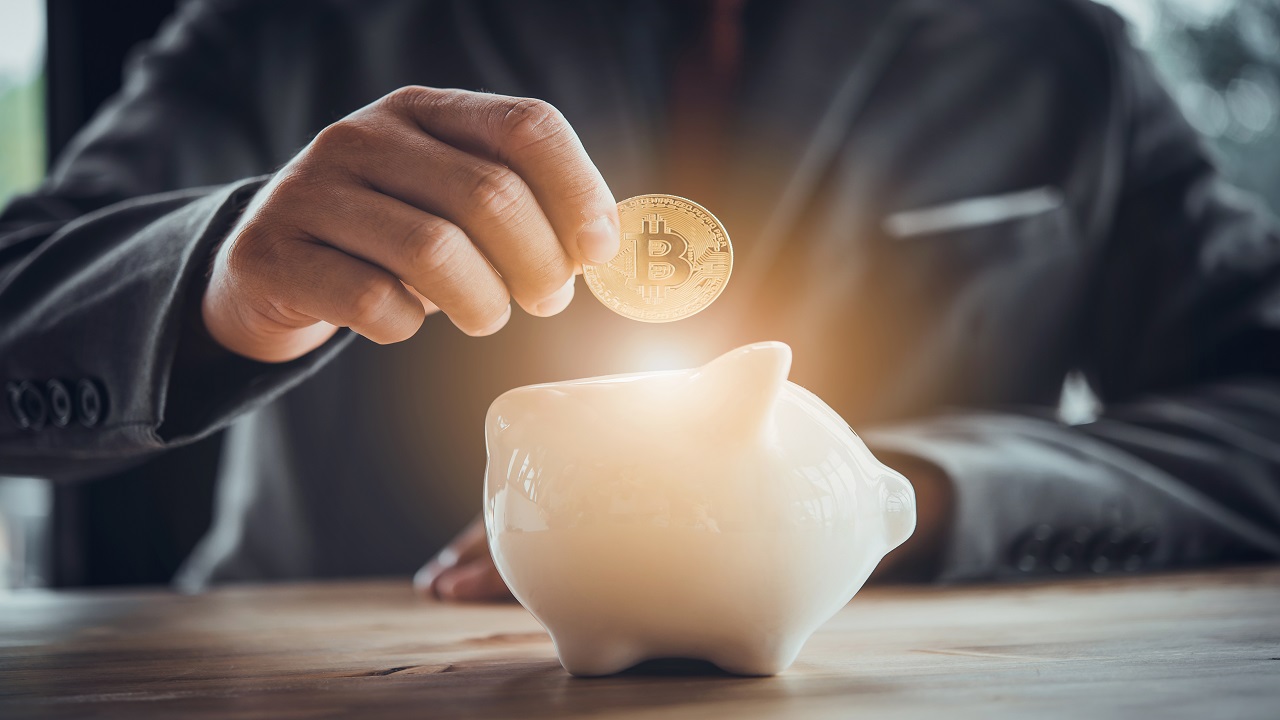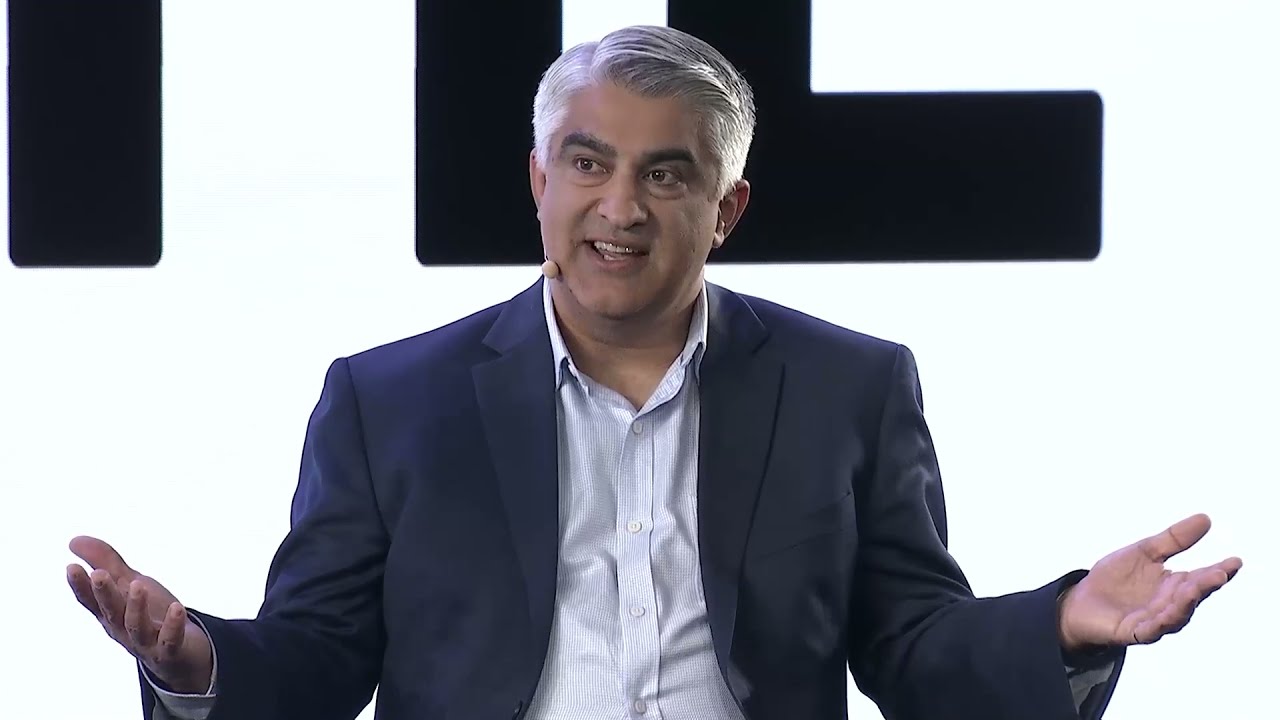Traditional leadership development tells us that 70% of learning happens through on-the-job experience, 20% though feedback, and 10% through formal training. Research conducted over the past three years points to an alternative — and, we believe, more effective — framework for the process that emphasizes three actions: sensemaking, or understanding how the business world and the organization works around you; experimenting, or testing ideas; and self-discovery, or figuring out your own identity in the workplace. When implemented at HSBC this framework enhanced participants’ development. The experiment also pointed to new best practices for hybrid leadership development: programs should be iterative and experimental, embedded in day-to-day work, supported by coaching, and span all modes of delivery from all-virtual to fully in person.
As organizations and individuals around the world settle into a blend of in-person and virtual work, we’re learning more about the opportunities and risks hybrid brings. One key concern is leadership development. We know that some of the vital ways in which executives learn on the job — such as serendipitous interactions and informal feedback — suffer in virtual and hybrid contexts. At the same time, improvements in technology have expanded program design possibilities. Indeed, this might be just the right moment for leadership development to reinvent itself — moving beyond the week-in-a-classroom model of learning towards something more experiential and applied and partly virtual.
The first step is to first understand how leaders develop beyond the well-known theory that 70% of learning happens through doing (on-the-job experience), 20% though feedback and greater self-awareness (gained via interactions with others), and 10% through formal training. Our quantitative and qualitative research conducted over the past three years points to an alternative — and, we believe, more effective — framework for the process that emphasizes three actions:
- Sensemaking, or understanding how the business world and the organization works around you and how others relate to you.
- Experimenting, or testing ideas picked up in a classroom session, from colleagues, or from personal experience.
- Self-discovery, or figuring out your own identity in the workplace.
In practice, this is a simple reorientation: rather than focus on the three components of leadership development, we focus on the pathways between them. For example, it’s possible to learn on the job through trial and error. But that learning is greatly enhanced if you also take time to reflect on what you have done with a colleague (linking the 70% to the 20%) or when the idea you’re trying was one that you were just introduced to in a classroom session (linking the 10% to the 70%).
A Test Case
We revamped an HSBC leadership development program in this way during the pandemic, a period in which both work processes and strategic priorities were shifting. The participants were 90 senior business and functional executives, and we ended up turning what had been a four-day face-to-face program with follow-up work into an 11-week learning journey that moved them through these three pathways.
Sense-making.
Weeks one to four were structured around faculty-led insights, with keynote talks on such topics as “bringing your best self to the transformation” and “closing the knowing-doing gap” live-streamed to the full group and recorded so anyone could also watch them asynchronously. These were perhaps slightly less enjoyable than the in-person equivalent but given that they involved a mostly one-way flow of information with a short Q&A at the end, we didn’t feel we lost much.
After each faculty talk there were virtual sense-making discussions in groups of 20 to 25 people, led by facilitators, who had met in advance to discuss how to review and create conversations around the lectures. These were smaller groups but big enough to ensure creative and divergent thinking. A day later, the faculty joined each group in turn for roundtable discussions. One participant did note that these talks might have worked better in person (“It’s rare to experience those wonderful a-ha moments of collective sense-making sitting on a Zoom call”), but with careful planning and skilled facilitation all participants were able to contribute in a meaningful way. We also observed that more introverted executives, who had rarely spoken up at pre-pandemic meetings in the office, made valuable contributions often using chat and virtual hand-raising functionality. Obviously, there are also lower costs and fewer logistics associated with getting geographically dispersed leaders together online, which means such sessions can happen in a more timely and regular manner.
Experimenting.
Next, participants were given guidance on how to construct experiments and asked to come up with ideas for ones they wanted to put into practice in weeks five to eight. Some opted for “business experiments”; they tested tangible changes in what their teams were doing (for example, simplifying an internal process or trying a new way of interacting with external customers). Others did “leadership experiments” in which they consciously altered their own behavior (for example, how they ran meetings or gave feedback).
In a purely virtual world, this experimenting phase yielded mixed results. Some tests were easily done online (e.g., conducting a design thinking workshop virtually or encouraging focused work by stopping email flow once a week). Those that were more social (for example, changing the flow of a meeting to make it more interactive) were harder to execute. As with sense-making, high-quality experimentation might be more effective in person. However, participants noted that the heavy emphasis on experimentation helped hold their interest as they returned to their “day jobs.”
Self-discovery.
In the final phase, weeks nine to 11, participants met virtually with an assigned coach in smaller groups (three to five people) twice a week to reflect on and share learning from the experiments, including takeaways on their style of working. The coaches also did one-on-one follow ups. Our last discussion module focused on how leaders get in their own way and the practices that might help them avoid reverting to less effective behaviors.
Despite a few reservations, these sessions were remarkably successful. “I found myself opening up to people I had never met in person,” said one participant. “We used to insist on doing this face-to-face, but the quality of video coaching was a real eye-opener for me.”
Post-program surveys indicated that, even though the program lacked any in-person component, the vast majority of participants derived value from it and considered it to be a worthwhile investment for HSBC. Comments included “It’s the best way to promote collaboration and initiate change in a fast-moving environment” and “it gave me the confidence to try something innovative.”
Our Takeaways
Our experience running this program and our involvement in others have led us to outline a set of leadership development design principles that we expect to become increasingly important in the years of hybrid work ahead. We believe organizations should adopt new approaches that are:
Iterative.
When lectures or classroom sessions are squeezed together across a day or several days and scheduled one after the other participants often find themselves overwhelmed and a lot of potentially valuable ideas get lost. We recommend a more back-and-forth approach in which new ideas are taught and then participants engage in sense-making and experimenting so the learning really sinks in.
Embedded.
Rather than ask executives to spend a few days to a week away at a program then a follow-up project on the side, we should embed programs into their day jobs. If participants can keep working and easily see how their leadership development efforts relate to their teams and results, they’ll be much more engaged in the process.
Experimental.
To help overcome the inertia and risk-aversion afflicting many established organizations and the individuals within them, experimentation is key. Instead of trying to change the system or the leader behaviors all at once, you want to break it down into manageable, more accessible steps.
Supported.
Our research highlights the vital role of self-discovery in any sort of leadership journey. While it is possible to do this on one’s own, it works much better with an experienced coach who can ask the right questions and provide independent feedback. And, thanks to the pandemic-era rise of remote work, we now know we don’t need to be in the same room as our peers or our coach.
Multi-mode.
It seems obvious to say that the mode of learning (face-to-face, hybrid, or all virtual) should be tailored to the activity in question, but since Covid we now have a much better understanding of the benefits and limitations of videoconference technology, which will allow us to construct a more sensible mix of physical get-togethers, virtual sessions in larger groups, and coaching sessions in one-to-one or smaller groups. The cost savings will be substantial – allowing learning and development activities to be conducted over longer periods of time and with greater impact.
Leadership development is due for a reset and hybrid work can be the catalyst. Many companies are trying new models already, and there is scope for much more experimentation. Let’s not waste this opportunity.
Note: This article have been indexed to our site. We do not claim legitimacy, ownership or copyright of any of the content above. To see the article at original source Click Here













